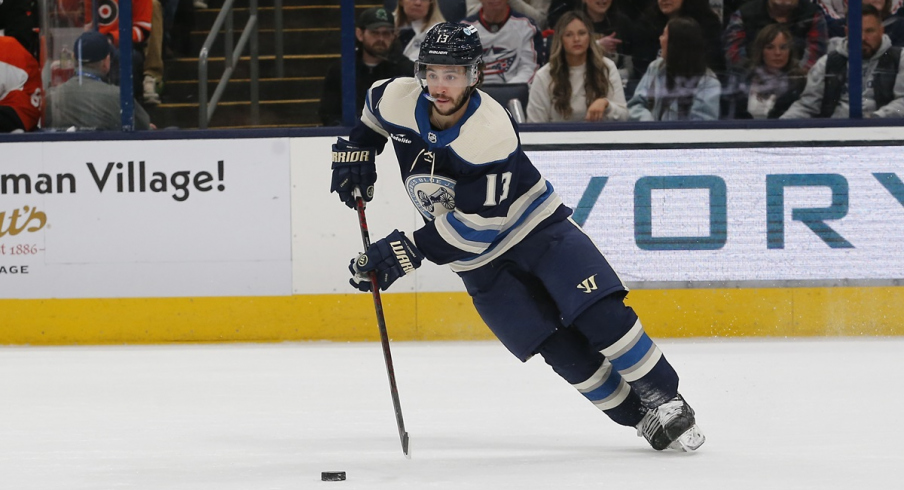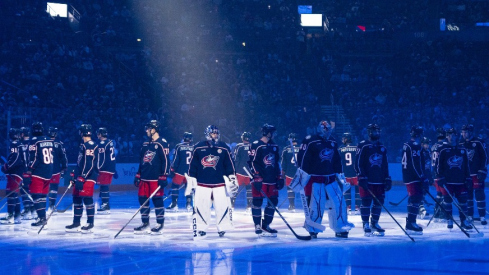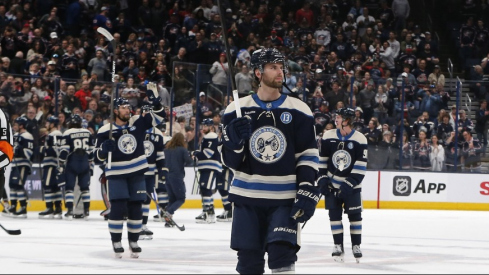Now that the 2023-24 NHL regular season has come to an end, it's a fair time to perform a post-mortem on the Columbus Blue Jackets.
The Blue Jackets finished 31st of 32 teams in power play opportunities, generating just 212 chances in 82 games. The club also finished 31st in overall power play success rate, at just 15.1%, and scored just 32 power goals.
It's obvious to say that having a successful power play is a surefire way to have a better chance of making the playoffs. Of the 19 teams to score 50 or more power-play goals, 13 made the playoffs, including each of the top five. Scoring more power play goals is at least somewhat influenced by how many opportunities that team accrues. It's a little messy to suggest that the best teams are on the power play more, and the inverse is equally messy. For example, the Ottawa Senators led the league in power play opportunities, and the bottom fourth of the league still had three playoff teams.
Much has been written in this space (I found this article from 2017, that could have been written today) about the lack of success on the power play, and it's clear that it's become more about personnel than coaching, as the team has had several different voices come in and fail to achieve results. A full overhaul needs to take place as a new management team comes in to evaluate.
But regardless of who is on the power play, the reality is that having just 212 power play opportunities (2.59/game) is running uphill. So, how does a team draw more power plays? Now we're talking.
- Have the puck more
- Threaten to attack more
That's it, that's the recipe. Penalties are almost exclusively taken when a defending player is put in a compromising position and must make some sort of regrettable/desperation play to prevent a scoring chance. Obviously, every NHL coaching staff is keenly aware of this simple set of instructions, and not all NHL rosters are created equally. For the Blue Jackets to take the next step, they'll need to improve upon this formula.
But how? That's the several million dollar question, and where the new GM and coaching staff will have to coordinate on personnel and tactics. Here's a basic template, though: draft/acquire players who have a history of threatening defenses in multiple ways (instead of single-dimensional players) with a blend of size/speed, and encourage the players to hold onto pucks (and certainly don't critique them and say publicly that certain players who were trying to create were being the Harlem Globetrotters).
Players who should draw a lot more penalties, in my estimation, include Zach Werenski (last on the team with just 0.13 penalties drawn/60 minutes), Kent Johnson (0.65), and Cole Sillinger (0.66). For reference, Yegor Chinakhov was at 1.2, and Mathieu Olivier was tops on the team at 1.88 (min. 250 mins played at 5v5). Werenski, Johnson, and Sillinger are all talented players, but all could take another step by attacking the dangerous ice before dishing to a teammate or forcing a defenseman to take a penalty.
More threatening leads to more defenses in compromising positions, which leads to more power-play chances, which leads to more power-play goals, which leads to more wins, which gets the team one step closer to contending.


